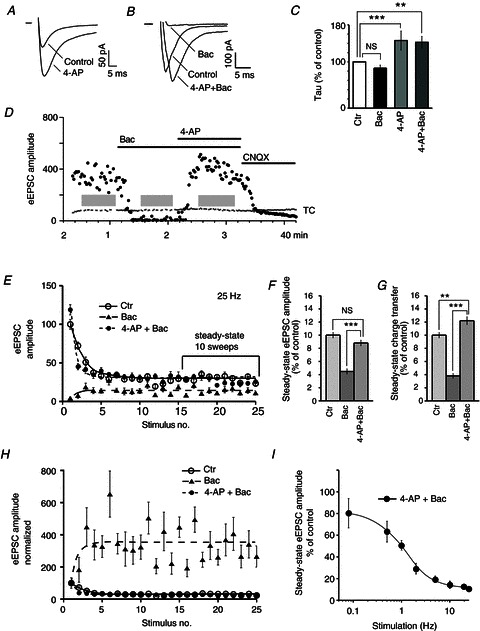Figure 7. 4-AP restored synaptic transmission altered by baclofen.

A and B, EPSCs evoked by 0.08 Hz optic chiasm stimulation. A, 4-AP (5 mm) increased the amplitude and the decay time of the eEPSC (average of 25 trials). B, eEPSCs were inhibited by baclofen (10 μm). 4-AP applied together with baclofen increased the eEPSC amplitude and lengthened the decay time of eEPSC (average of nine trials). C, time constant of the eEPSC decay calculated for conditions: baclofen, 4-AP, and 4-AP+baclofen applications. The eEPSC decay was fit with single exponential curve and the resulting time constants were compared (% of control, mean of seven eEPSCs for each neuron, n= 7 neurons). D, eEPSC was blocked by baclofen and recovered after 4-AP application (0.08 Hz stimulation). The eEPSC was induced by AMPA receptor activation and was blocked by CNQX (20 μm). E, activity-dependent changes of eEPSC amplitude (control, baclofen, 4-AP and baclofen together). eEPSC amplitude normalized (%) to the control eEPSC1 amplitude (eEPSC1, the first eEPSC in the train). F and G, eEPSC amplitude (F) and charge transfer (G) were analysed during steady state (last 10 sweeps in the train). H, eEPSC amplitude normalized (%) to the eEPSC1 amplitude for each condition (control, baclofen, 4-AP and baclofen together). I, frequency-dependent decrease of the steady-state eEPSC amplitude during joint 4-AP and baclofen application (0.08–25 Hz stimulation). Unpaired (C) or paired (F and G) t test, two tail: **P < 0.01, ***P < 0.001. 4-AP, 4-aminopyridine; Bac, baclofen; CNQX, 6-cyano-7-nitroquinoxaline-2,3-dione; Ctr, control; eEPSC, evoked excitatory postsynaptic current; TC, test current; grey rectangles (D), stimulation with stimulus trains (optic chiasm stimulation, 25 Hz, 25 stimulus in the train).
